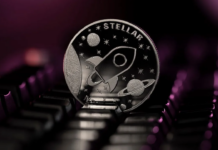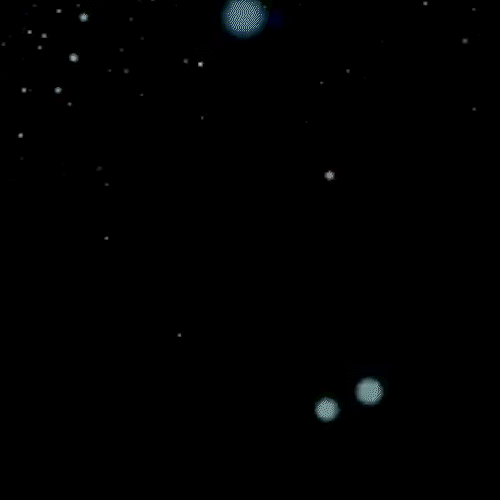Technology
CRO & ARB Face Market Corrections; Raffle Coin Presale Tempts Optimistic...
The cryptocurrency space sees the emergence of new projects annually. Two such projects that we’ve seen this year are Cronos and Arbitrum. However, they’ve...
Bitcoin SV & ALGO Investors Diversify with Kelexo P2P Lending, Hoping...
Bitcoin (BTC) has led the foundation of decentralized finance with multiple advanced applications and solutions shaping the corporate sector. Bitcoin (BSV) and Algorand (ALGO)...
Litecoin and NEAR Forge Ahead, Bringing Strong Case for Investment in...
Litecoin (LTC) and NEAR Protocol (NEAR) are currently on a roller coaster. However, Koala Coin (KLC) appears to be an exciting adventure with a...































